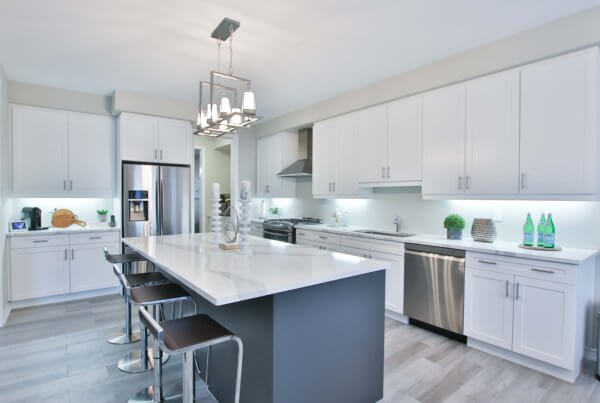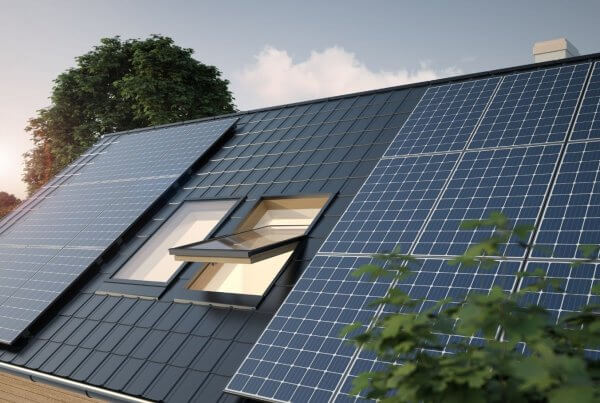Transitioning to renewable energy is not just an environmentally conscious decision but also a financially savvy one for homeowners. There are several options available, and each type offers unique benefits for different climates, budgets, and energy needs. So, how do you choose? In this article, we’ll look at some of the pros and cons of different renewable energy sources so you can determine which one is best for your home and lifestyle.
Solar Power
Solar power is one of the most widely recognized and accessible renewable energy sources for homeowners. It involves harnessing energy from the sun through photovoltaic (PV) panels, which convert sunlight into electricity.
Whether you want to power your entire home or supplement your energy use, solar panels can be configured to match your needs. Residential solar power systems produce clean energy with no emissions, so they have a low environmental impact. Plus, they often come with governmental incentives such as tax credits or rebates, making them a more affordable long-term choice.
However, solar power depends heavily on location and weather conditions; homes in areas with limited sunlight or frequent overcast skies may benefit less. Additionally, energy production is affected at night, which means many homeowners will need to rely on battery storage or grid-based electricity as a backup.
Wind Energy
Wind energy is another renewable option, capturing the kinetic energy of moving air using wind turbines to generate electricity. Homeowners in rural or windy areas may prefer this system, as turbines can produce large amounts of electricity with minimal environmental impact. If you’re near a turbine field, powering your home with wind energy can be a surprising sustainable upgrade, especially when considering how long these machines last and the resulting ROI.
On the downside, wind turbines require sufficient open space and sustained wind speeds to function effectively, making them less practical for urban or densely populated areas. Additionally, the upfront costs of installing a wind turbine system can be considerable. Some people also raise concerns about noise and the visual impact of turbines, which might not suit all neighborhoods or personal preferences.
Geothermal Energy
Geothermal energy leverages the natural heat beneath the Earth’s surface to heat and cool homes efficiently. This technology uses systems like ground-source heat pumps to draw stable temperatures from underground, offering homeowners a reliable source of energy. The main draw is its year-round consistency; it works regardless of weather conditions or sunlight.
Despite its many advantages, geothermal energy systems can be expensive and complex to install, as they require specialized equipment and digging into the ground. This type of renewable energy is often best suited for new homes or major remodels.
Hybrid Systems
If one renewable energy source isn’t enough for your home, hybrid systems combine two or more types in one. Hybrid systems bring balance; solar panels can produce energy during sunny days, while wind turbines generate electricity during cloudy or breezy conditions. These systems can be a better option for homes in regions with varied weather patterns.
However, hybrid systems often come with higher upfront costs than single-source systems, as they involve integrating a lot of complex technologies. They also require more involved maintenance and expertise to manage. Even so, for homeowners seeking flexibility and resilience against fluctuating energy demands, hybrid systems offer a compelling solution.




